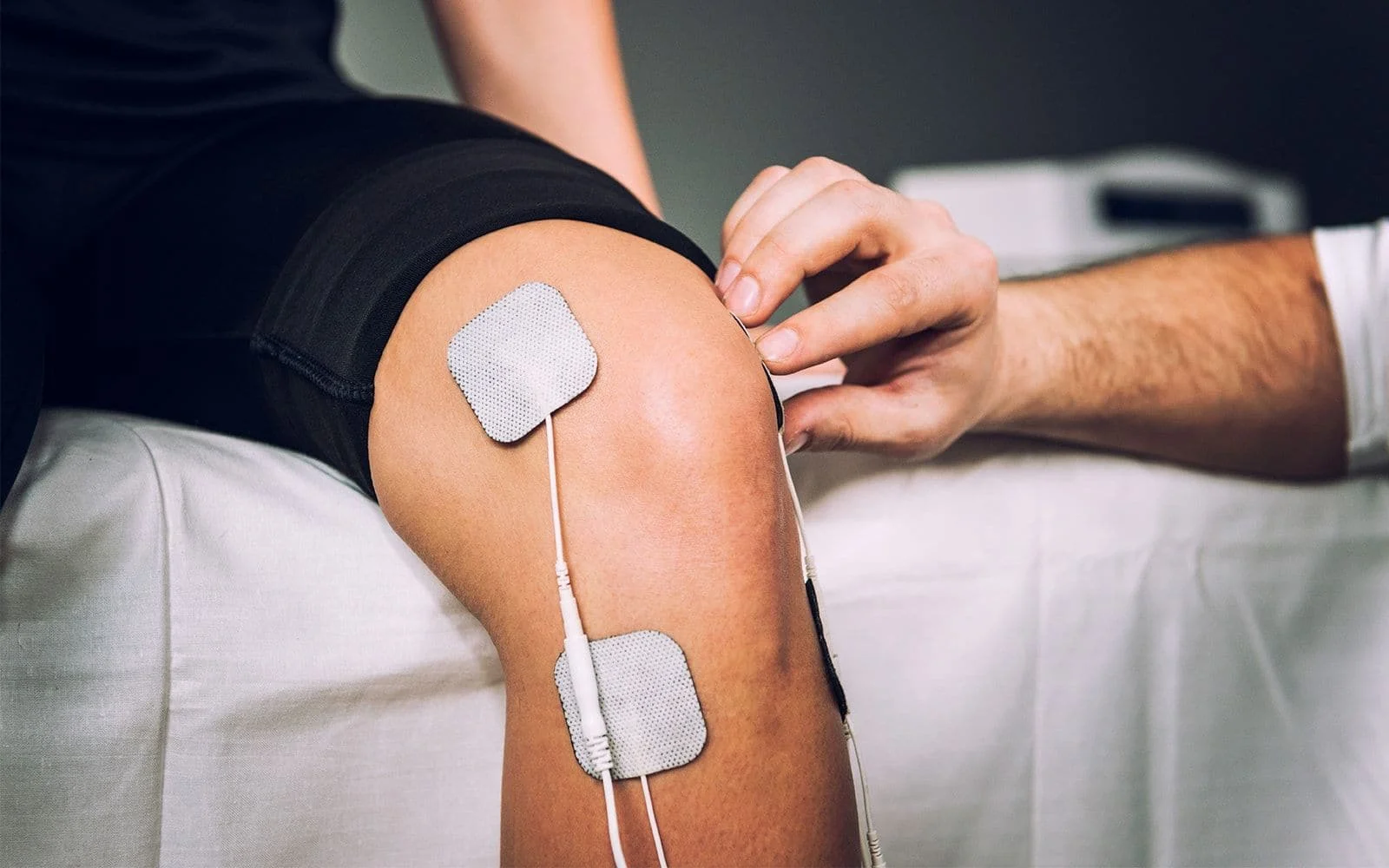This blog post can not be found

Contact Dr. G.
To schedule your appointment, fill out the fields below but for FASTEST RESPONSE call or text (915) 383-CARE (2273).
Maps & Directions
Office Location
Office Hours- By Appointment.
Call or Text for all appointments. Walk-ins and emergencies available 24/7. Below are typical office hours.
By Appointment. Emergency Appointments Available.
Monday:
Closed
Tuesday:
10:00 am-5:30 pm
Wednesday:
Closed
Thursday:
10:00 am-5:30 pm
Friday:
Closed
Saturday:
10:00 am-3:00 pm
Sunday:
Closed
